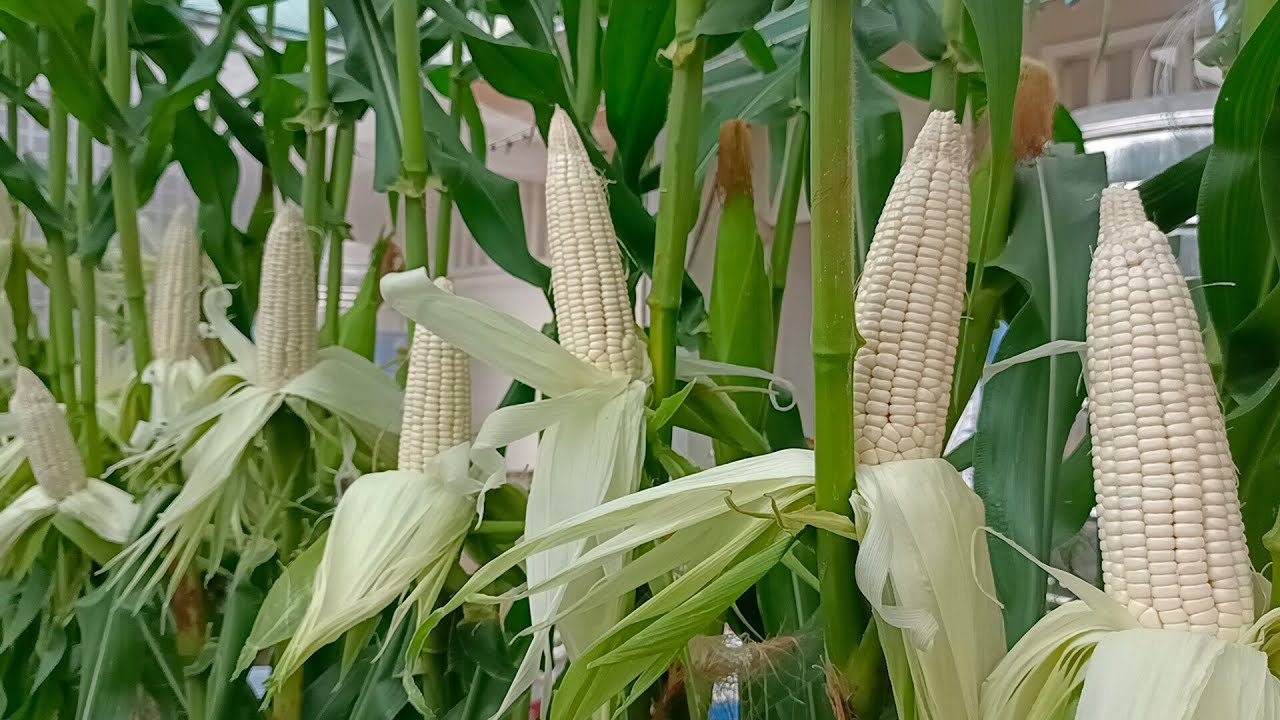Corn, an integral part of the Filipino agricultural landscape since the Spanish colonization era, has found a prosperous home in the picturesque region of Ilocos Norte. Among the diverse corn varieties cultivated in this region, organic white corn stands out for its cultural significance, economic viability, and environmental sustainability. This article delves into the nuances of organic white corn farming, exploring its benefits, cultivation techniques, and financial prospects.
The Case for Organic White Corn Farming
Traditional farming practices rely heavily on chemical fertilizers and pesticides, leading to soil degradation and environmental pollution. White organic corn farming offers a sustainable alternative by emphasizing organic fertilizers and integrated pest management techniques. By harnessing natural resources and minimizing chemical inputs, organic-based cultivation enriches soil health, preserves biodiversity, and promotes a safer environment for farmers and consumers.

Variety and Agronomic Characteristics
One of the key varieties utilized in organic white corn farming in Ilocos Norte is the KLASIKA hybrid developed by the East-West Seed Company. This variety boasts impressive agronomic characteristics with a moderate height of 110 cm at maturity. Each plant yields a single corn ear measuring 12-22 cm in length, contributing to a substantial yield of 4.15 tons per hectare in fresh weight and 3.35 tons per hectare in dry weight. These robust characteristics make KLASIKA an ideal choice for farmers seeking high productivity and quality in their corn cultivation endeavors.
Cultivation Techniques
Successful organic white corn farming in Ilocos Norte relies on meticulous cultivation techniques tailored to the region’s unique climatic and topographical conditions. The following steps outline the cultivation process:
- Date of Planting: Organic white corn is planted immediately after rice harvest or when soil conditions permit.
- Land Preparation and Planting: Adopting a zero tillage approach, farmers sow two seeds per hill at a distance of 85 cm between hills and 30 cm between plants using a pointed stick.
- Weed Control: Post-emergence herbicide is sprayed 8-12 days after planting to manage weed growth effectively.
- Irrigation: The crop requires strategic irrigation, flooding the area at 10-14 days after planting, followed by subsequent irrigations at specific intervals ranging from 9 to 15 days.
- Pest Monitoring: Vigilant monitoring of insect pests from 21 to 65 days after planting ensures timely intervention and pest control measures.
- Fertilizer Application: Organic fertilizers, such as chicken manure, are broadcasted at a rate of 15 bags per 1000 sq m in the first week of May. Additionally, hill drop fertilizer application is carried out at 28-32 days after planting to enhance nutrient uptake.
- Harvesting and Post-Harvest: Harvesting occurs 90 days after planting, followed by sun drying for at least 15 days with the husk or 3 days without the husk. Subsequently, the corn is shelled and sun-dried for another day before packing.
Profitability and Economic Prospects
Organic white corn farming presents lucrative opportunities for farmers in Ilocos Norte, with two primary avenues for income generation:
- Green Corn: Middlemen typically purchase green corn ears at a rate of 2.00 pesos per ear at 60-65 days after planting, providing farmers with immediate returns on their investment.
- Dried Corn: Dried white corn serves as a valuable raw material for the Cornick industry, fetching a price of 15.00 pesos per kilogram. With careful cultivation and post-harvest handling, farmers can earn a gross income of P39,800.00 per hectare, underscoring the profitability of white organic corn farming in the region.
Conclusion
White organic corn farming in Ilocos Norte represents a harmonious blend of tradition, innovation, and sustainability. By embracing organic-based cultivation practices, farmers safeguard the environment, promote soil health, and secure a viable source of income for themselves and their communities. As the demand for organic produce continues to rise, organic white corn stands poised to thrive as a symbol of agricultural resilience and economic prosperity in the heart of the Philippines.
